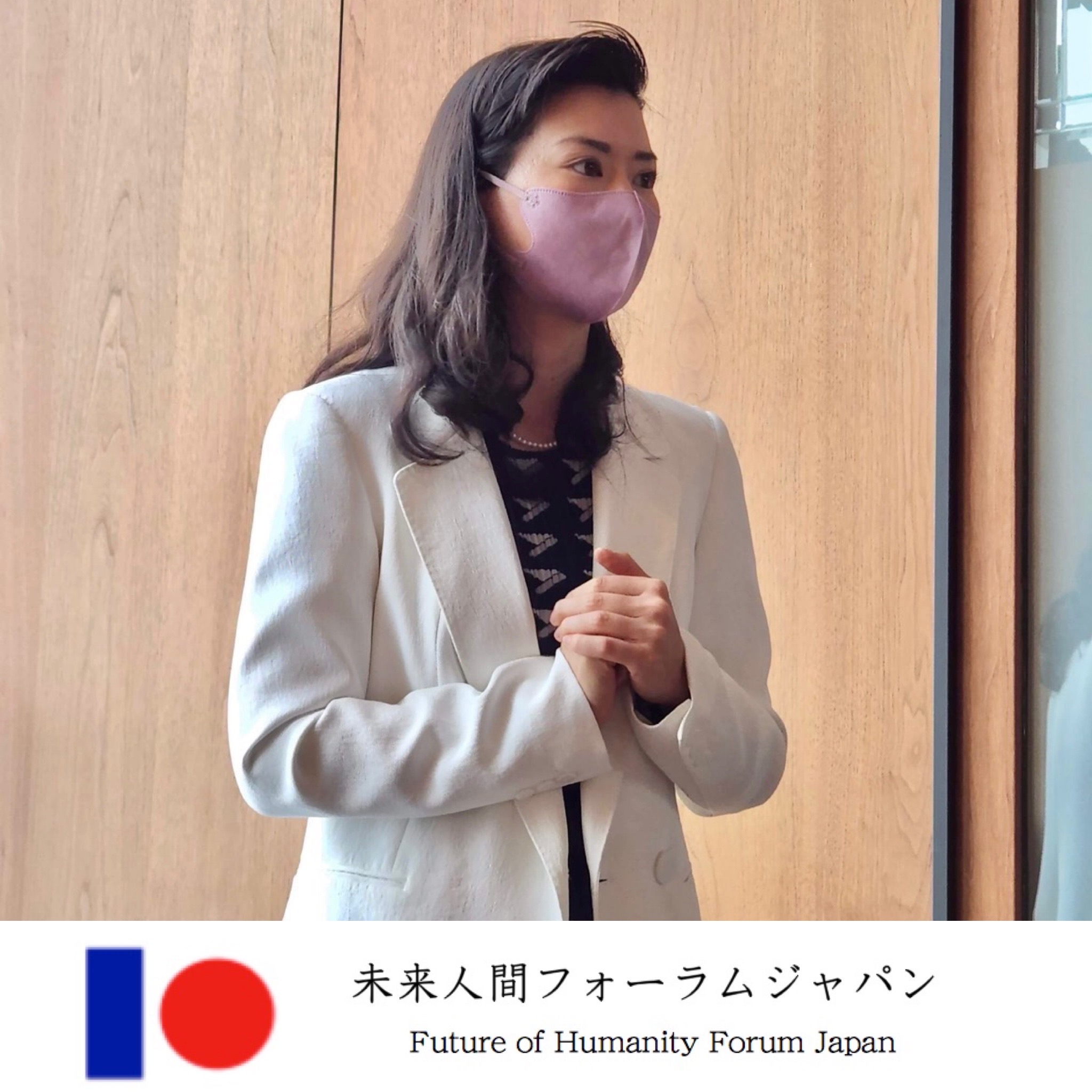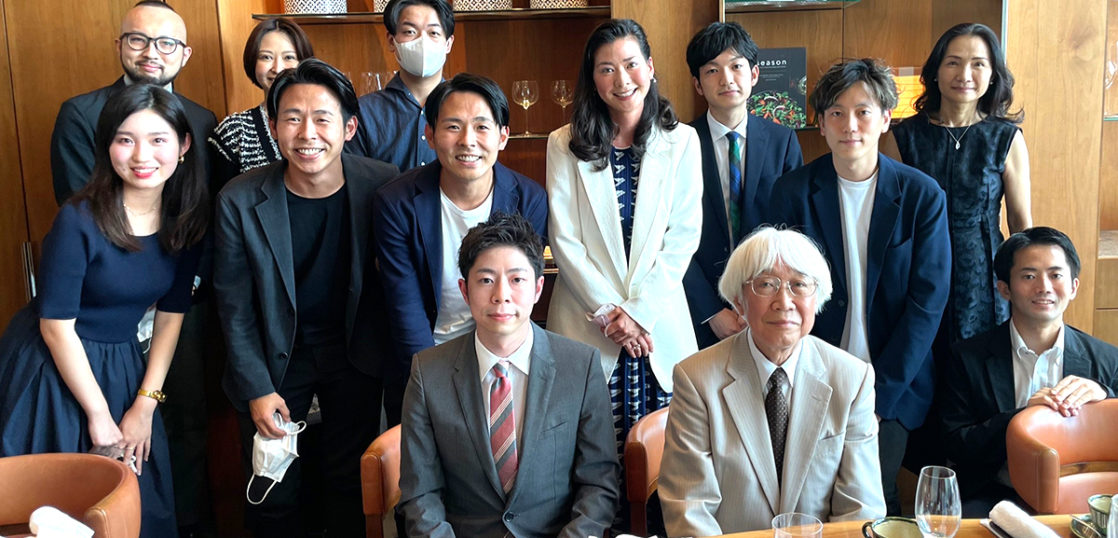On September 3, 2022 (Saturday) at Toranomon Anders Tokyo, Mr. Torakichi Izumi (10th generation Seikichi Izumi), a lacquer brush artist, presented the following message “with the evolution of Japanese aesthetics and technology, what message do you want to convey to the world of the future? ”.
Mr. Kunie Komori, a honorable living national treasure of lacquerware, also attended the event.
Thinking about the two trends of the world and Japan, along with evolving aesthetics and technology
Technological progress has been remarkable around the world, mainly in information and communication technology, with recent work involving image generation AI winning the competition. Yet, this result has been controversial. Although advances of technology will lead to a more convenient and affluent life, various concerns have also been raised.
That is, in the era of mass image generation that the world is likely to enter in the near future, there is a high possibility that real premitive cultures that have been really existed may be considered as non-cultures, in contsrast AI data images may become “cultures that did not exist”.
In addition, with the development of SNS, a crucial point is that reality and fiction may blend more than they currently do and [awareness of myself or perception of own exhistance] may be become ambiguous. These concerns may suggest us that we are at a turning point where we must consider what kind of relationship and relativity we should build with technology in the future.

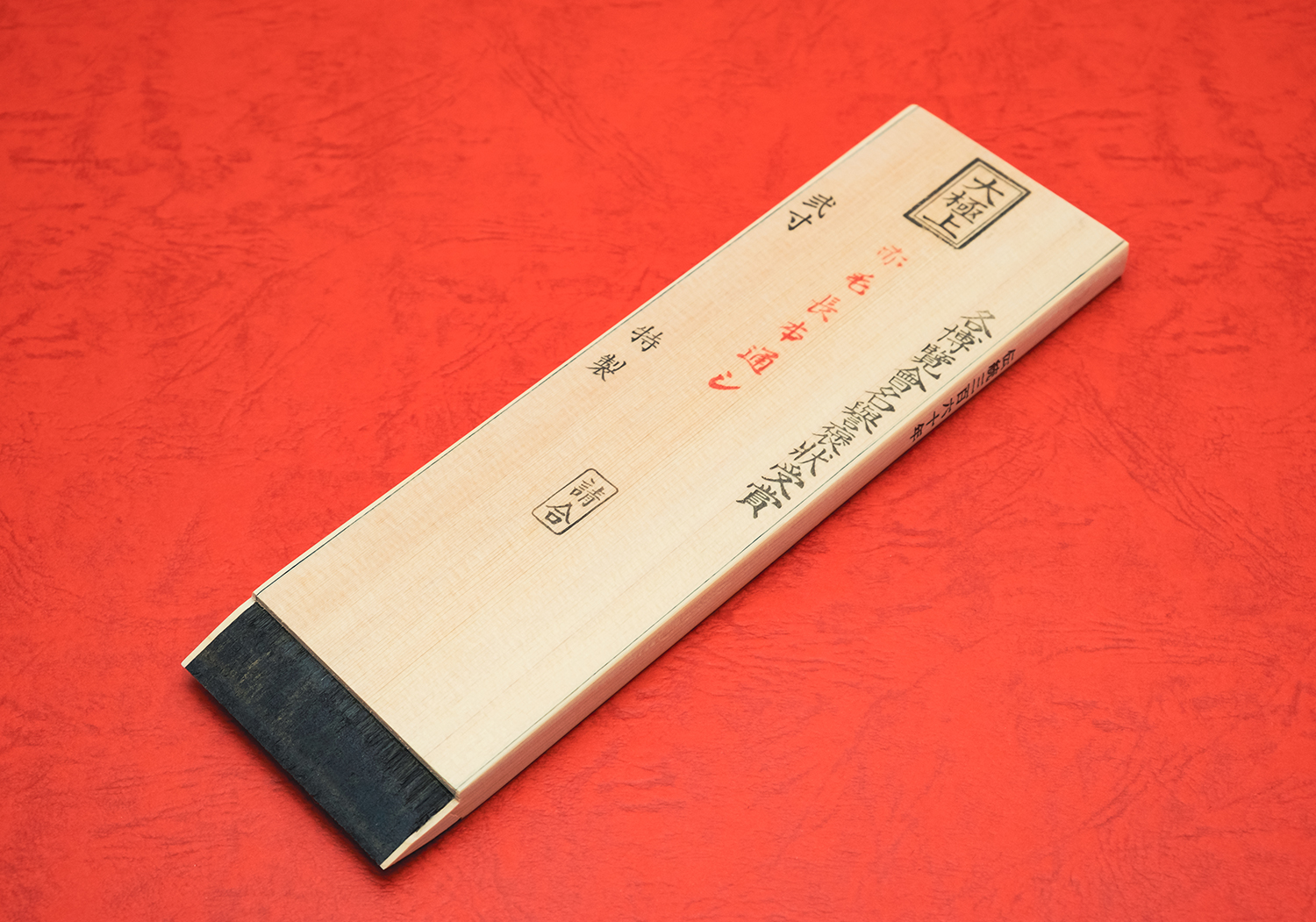
A breakthrough for Japanese traditional industries in a difficult situation and a new way of culture
mentioned above are at risk is due to how they are unable to bring mass production in a market. For this reason, it is considered necessary for the traditional industry at a natinal scale to make efforts to overwhelmingly increase the added value of Japanese culture. Traditional industries as a whole face many challenges, but from a different perspective, there are also opportunities and hopes.
In order to increase Japan’s presence in the international community, it is important for Japan to establish itself in terms of soft power; it is believed that [Japan’s unique traditional culture] will bring great opportunities and potentials.
While ensuring accessibility to advanced information and communication leaving the status of traditional Japanese culture as “difficult”, “unintelligible”, and “shrouded in mystery”, the amount of data transformed by Japanese traditional culture will lead to the creation of opportunities by converting them into “values”—maybe this will lead to breakthroughs in the future of traditional Japanese culture.
I believe that passing on traditional Japanese culture to the next generation while searching for such chances and opportunities will serve as a compass for a future society that may become an even more chaotic society.
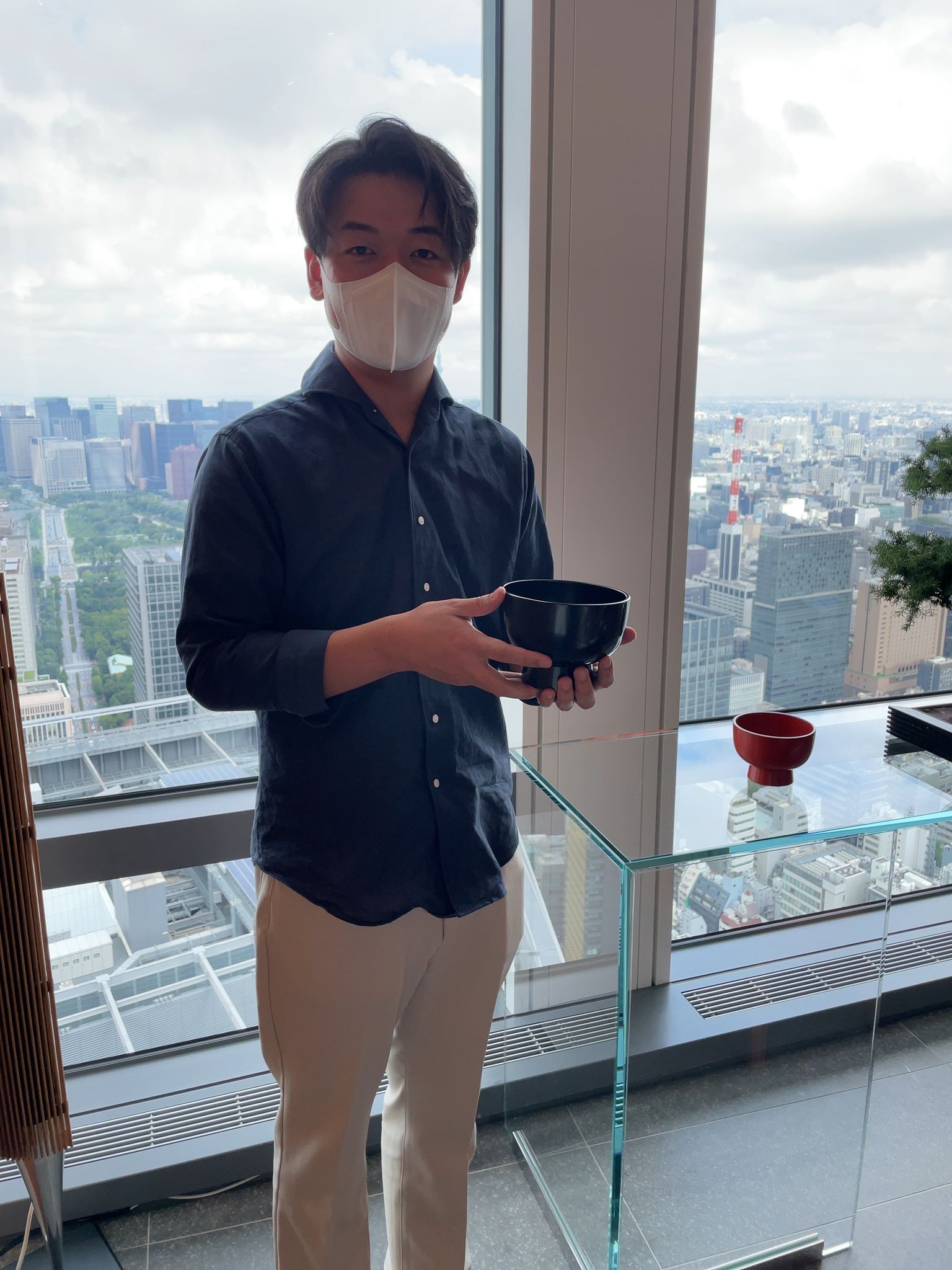
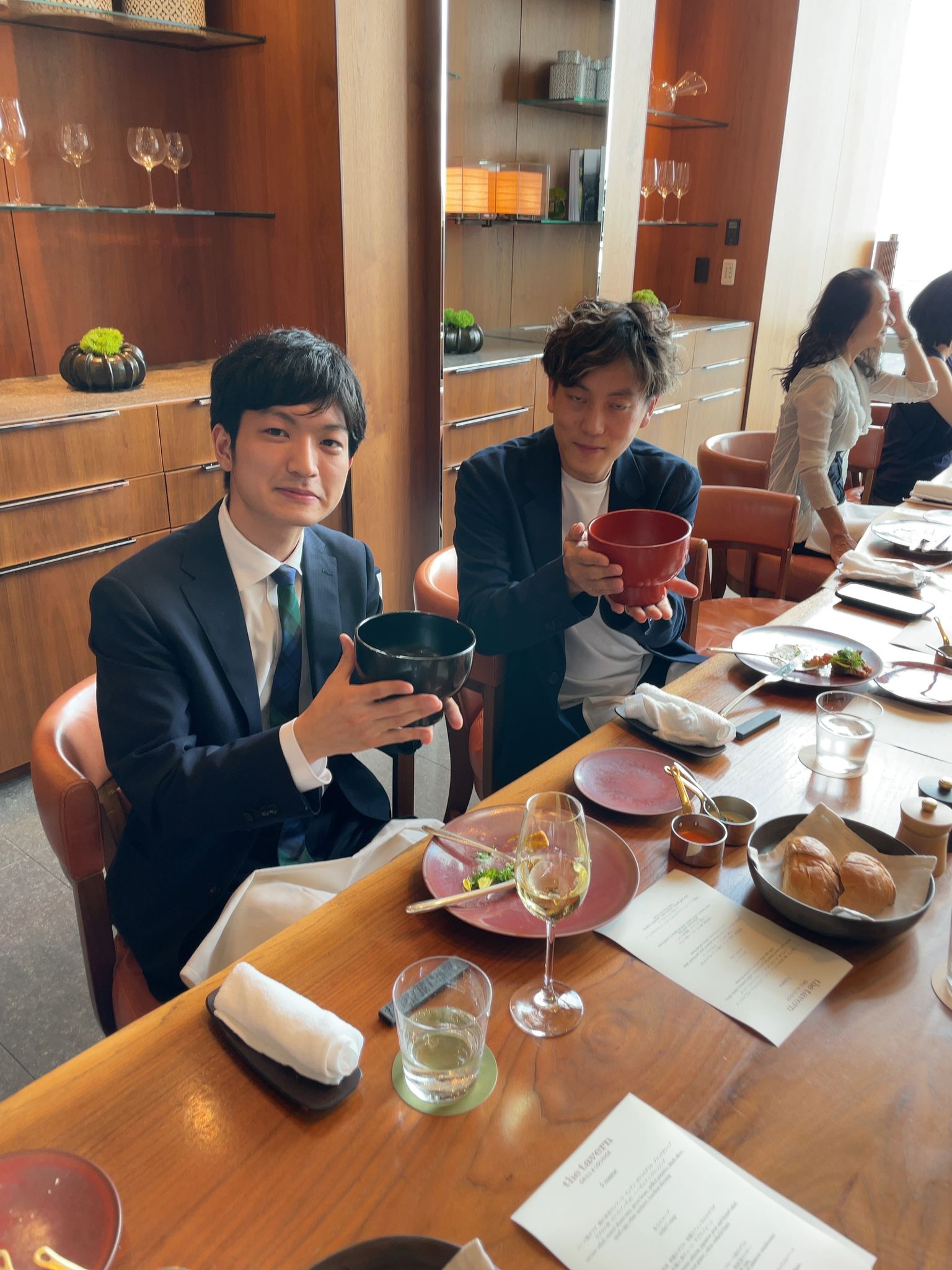
“Margins” and “between lines” in traditional Japanese culture have the potential to become information technology that is in high demand in a world of an ever-increasing information oriented society.
In the area of technology (especially in virtual communications), the amount of information = the amount of data is extremely important.
On the other hand, in traditional culture and crafts, for example, a single piece of authentic lacquerware can convey and evoke various things, make us think, and in some cases, make us contemplate about the past or the future. Considering this in terms of the amount of information, it may be an amazing and important perspecitve in the fututure. This is because it can be thought that tremendous information of lacquerware is compressed and stored in a vessel although physical mass is not a big deal. White space itself may be the antithesis of technology and culture itself.
Compressing information from a single piece of traditional lacquerware and decompressing/expanding that information may provide hints for thinking about “traditional culture and technology.”
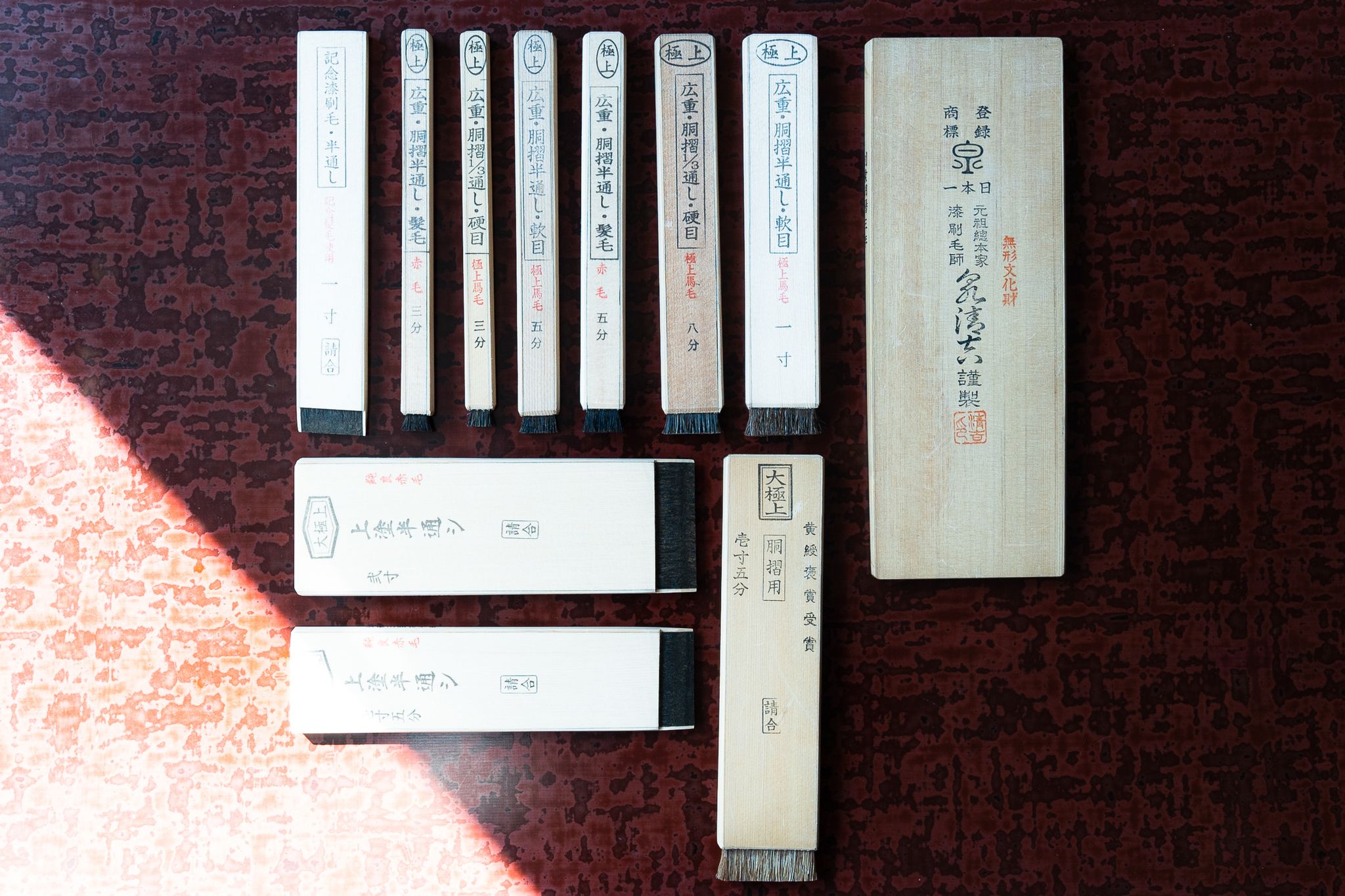
The “style” and “behaviour” of traditional cultures are lifting devices, and are boundaries that connect our existence from the past to the future in thousands of years of history! ?
In the future, the world will become an information society, and with the development of SNS, it is expected that reality and fiction will merge more than ever, and our existence will become ambiguous.
Meanwhile, traditional Japanese culture transcends time and space in an instant through “style,” “action,” and “form,” and reminds us of our own position.
In other words, “style” and “action” are [elevating devices], and may also have the aspect of [interface] (boundary surface). The track record of hundreds or even thousands of years of history can be said to be proof of the universality of human beings.
In addition, the abundance of physical communication has the potential to become a common language for people with diverse values, and it may play a role in connecting the divided world.

Founded in 1656 The official page of Torakichi Izumi (10th Izumi Seikichi), the original head family lacquer brush master
https://www.torakichi-izumi.com/
Honorable living National Treasure Kunie Komori, who was in attendance this time, completed in Wajima, Kanazawa, ~ Evolution in Tradition ~ Lacquerware “Eath at Night”
The event was held with the cooperation of Mr. Kunie Komori, who is an Important Intangible Cultural Property of Kyuushitsu and a Living National Treasure of Kyuushitsu. Mr. Matsuda, who is the founding foundation), Mr. Kono of Molcure, Mr. Shinryu Kawakami of the Edo Senke also participated.
Thanks to everyone’s efforts and cooperation, we were able to hold this event. I send my deepest gratitude to you all from the bottom of my heart.

